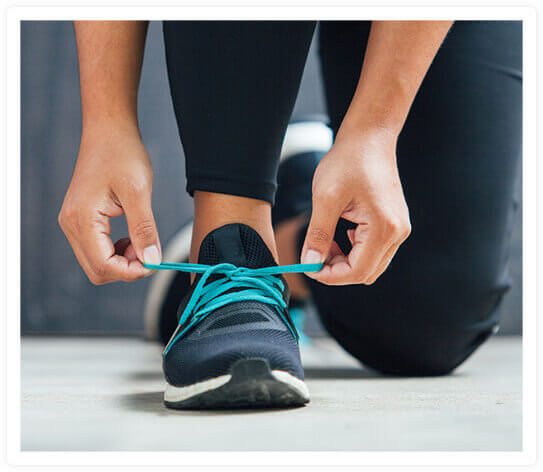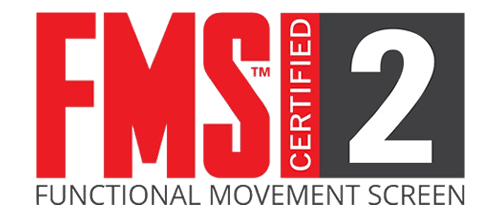Scaphoid Fracture
Click on the white PLAY button to start video.
A scaphoid fracture most commonly results from a fall on an outstretched hand. The scaphoid is a small bone located on the thumb side of your wrist. It is the most commonly broken bone in the wrist. Because symptoms can be minimal, scaphoid fractures are frequently mistaken as sprained wrists. Scaphoid fractures are treated with casting or surgery.
Read more about Scaphoid Fracture
Introduction
Anatomy
Causes
Symptoms
Diagnosis
Surgery
Treatment
You will participate in rehabilitation when your cast is removed. Your hand may feel stiff or sore after immobilization, and initially, a therapist will help you move your joints. Modalities, such as heat and ultrasound are used to assist range of motion and strengthening efforts. Your therapy program will advance to exercises to increase flexibility, strength, and coordination. You should avoid gripping and heavy lifting, as well as contact sports, until cleared to do so by your doctor.
Recovery
Prevention
Treating underlying medical conditions can help prevent falls. A general physical examination can identify medical conditions that cause balance disorders or dizziness. An early diagnosis may allow for optimal treatment.
It can be helpful to have a therapist or a family member help you examine your home and remove obstacles that may cause you to trip. It can be helpful to install railings on steps or in your shower. Low-heeled sturdy shoes may help you maintain proper foot positioning. A cane or walker may aid your balance while you stand or walk.

Copyright © - iHealthSpot Interactive - www.iHealthSpot.com
This information is intended for educational and informational purposes only. It should not be used in place of an individual consultation or examination or replace the advice of your health care professional and should not be relied upon to determine diagnosis or course of treatment.
The iHealthSpot patient education library was written collaboratively by the iHealthSpot editorial team which includes Senior Medical Authors Dr. Mary Car-Blanchard, OTD/OTR/L and Valerie K. Clark, and the following editorial advisors: Steve Meadows, MD, Ernie F. Soto, DDS, Ronald J. Glatzer, MD, Jonathan Rosenberg, MD, Christopher M. Nolte, MD, David Applebaum, MD, Jonathan M. Tarrash, MD, and Paula Soto, RN/BSN. This content complies with the HONcode standard for trustworthy health information. The library commenced development on September 1, 2005 with the latest update/addition on February 16, 2022. For information on iHealthSpot’s other services including medical website design, visit www.iHealthSpot.com.






